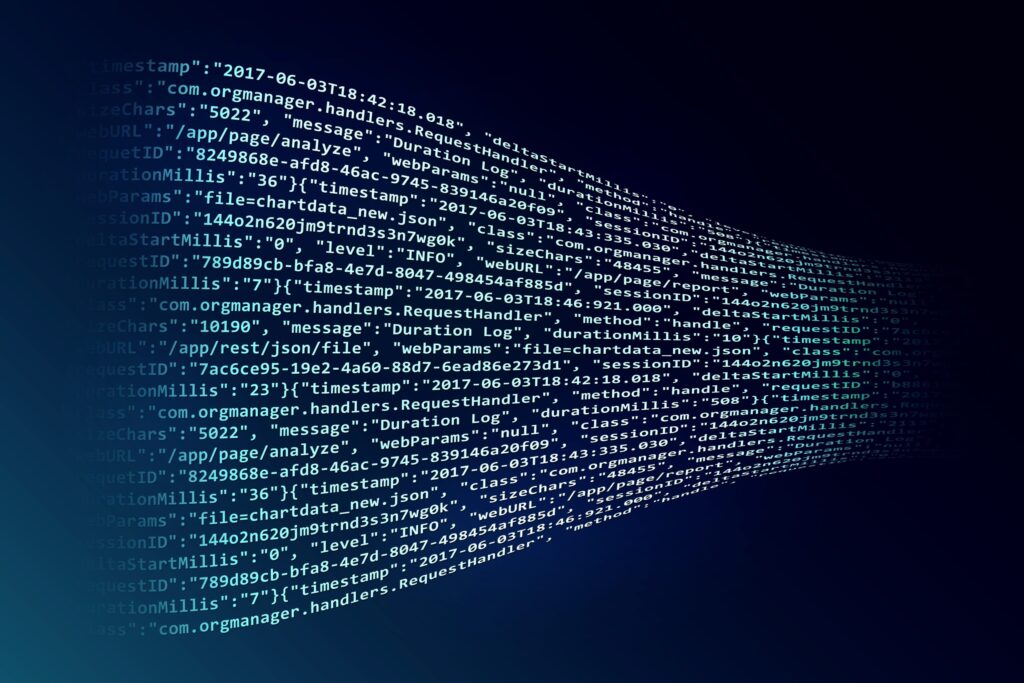Ever wonder how you can make a difference in the fight against human trafficking? Turns out, you already are. Every time you use a search engine, shop online, or connect with others on social media, you’re generating data that advocates and activists are using to combat this horrific crime.
Modern technologies like artificial intelligence, data science, and social media monitoring are transforming the way we identify victims, locate traffickers, and disrupt criminal networks. And the most exciting part? This is just the beginning.
New innovations are emerging every day to help organizations that fight human trafficking in this fight. In this article, we’ll explore some of the cutting-edge technologies that are enabling us to gain ground on human trafficking like never before.
The future is bright, and together, we have the tools and determination to make a real and lasting impact. The traffickers should be very, very worried.
Innovative AI and Data Analytics Tools to Identify Victims and Perpetrators

Non-profits are using technology in innovative ways to disrupt human trafficking networks. Groups like Thorn and Polaris are developing software to analyze online ads and find patterns that could indicate trafficking. Their tools help identify suspicious ads faster than humans alone.
Other organizations build tech solutions to help survivors. Apps like the Circle of 6 let people alert friends discreetly if they feel unsafe. The BeFree Textline uses AI to provide trauma-informed crisis counseling for trafficking victims via text.
Data analysis plays a key role. Groups collect information from hotlines, web forms, and public records to identify trafficking hotspots and see how the issue changes over time. This information helps non-profits decide where to focus their efforts and what new programs may be needed.
Blockchain, the technology behind cryptocurrencies like Bitcoin, is also being utilized. Some non-profits use blockchain to securely store victims’ personal records and make them shareable between approved organizations. This helps ensure victims receive consistent, informed care.
Using technology, non-profits can work together more efficiently to support victims and hold traffickers accountable. While human judgment and compassion remain essential, strategic use of tech tools is helping anti-trafficking groups achieve their mission to bring freedom and justice.
By disrupting systems that enable trafficking, technology and innovation offer hope for building a future without modern-day slavery.
Emerging Technologies That Empower Survivors and Give Them a Voice

Innovative AI and data analytics tools are being deployed to help identify human trafficking victims and catch perpetrators.
Crowdsourcing and Image Recognition
Crowdsourcing platforms allow volunteers to review online ads and social media posts to spot indicators of human trafficking like coded language or images of people in exploitative situations. The data and insights are then used to build machine learning models that can automatically detect suspicious content at scale.
Some tools use image recognition to scan the web for photos of missing children or known victims. The algorithms look for similar facial features, backgrounds, and image metadata to find matches and locate potential victims. These systems have already identified over 6,000 victims in a database of over 100 million images.
Analyzing Online Activity

Data scientists are developing algorithms to detect suspicious patterns in online activity that could indicate trafficking. Things like a high volume of short-term room rentals, lots of travel between cities known for sex tourism, or a spike in escort ads in a particular region.
By tracking IP addresses, phone numbers, email addresses, and social connections, data analysts have been able to identify trafficking rings and rescue victims.
In the fight against human trafficking, technology and AI are proving to be valuable allies. With continued innovation, these digital tools will only get smarter and faster at spotting signs of exploitation hidden in oceans of data so we can help more victims find freedom. Together, humans and machines are transforming the landscape of this urgent issue.













